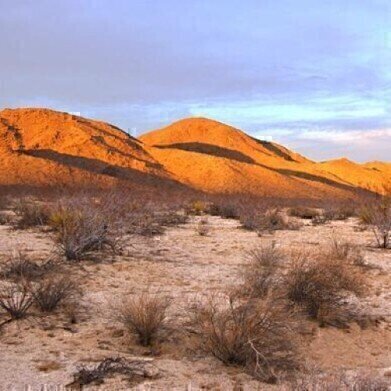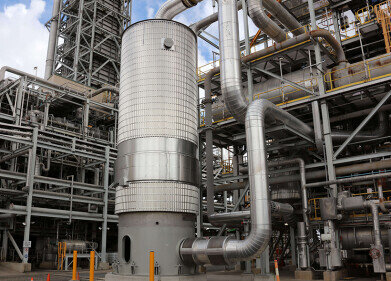-
 Planting in desert areas could help absorb carbon dioxide from the atmosphere
Planting in desert areas could help absorb carbon dioxide from the atmosphere
Air Clean Up
Trees in the desert could help curb climate change
Aug 01 2013
Carbon farming could be the answer to climate change, according to new research. A new German study has found that planting trees in the deserts of hot countries could help slow the rate at which climate change is occurring as they will absorb carbon dioxide and release oxygen.
The new study, entitled 'Earth System Dynamics', has suggested that planting Jatropha curcas trees in desert conditions could help 'capture' carbon dioxide from the atmosphere and reduce global warming. The trees, which are suited to hot and dry temperatures, would only be planted in areas that are unusable for the production of food and so wouldn't affect feedstock production.
The small group of researchers used data relating to plantations in India, Egypt and Madagascar with several different computer models. The figures produced from this analysis show that the carbon dioxide produced by vehicles in Germany could be absorbed in a matter of decades just by planting on three per cent of the Arabian Desert.
A single hectare of Jatropha curcas has the capability to absorb around 25 tonnes of carbon dioxide from the Earth's atmosphere within two decades. The researchers have estimated that there are around one billion hectares throughout the world that are suitable for these trees. This could mean that a significant amount of the carbon dioxide that has been released into the atmosphere since the industrial revolution, could be absorbed in an environmentally friendly way.
Klaus Becker, first author of the study from the University of Hohenheim, said: "From our point of view, afforestation as a geoengineering option for carbon sequestration is the most efficient and environmentally safe approach for climate change mitigation. Vegetation has played a key role in the global carbon cycle for millions of years, in contrast to many technical and very expensive geoengineering techniques."
This type of carbon capture could also be incredibly cheap, meaning it is highly competitive with other less environmentally suited techniques. Tree trimmings could also be used a few years after planting as biomass for the production of energy, which could help to power the irrigation system needed for the trees; making it an almost self contained project with an incredibly low carbon footprint.
Events
May 05 2024 Seville, Spain
May 13 2024 Munich, Germany
May 23 2024 Beijing, China
May 23 2024 Beijing, China
Jun 10 2024 Algiers, Algeria













